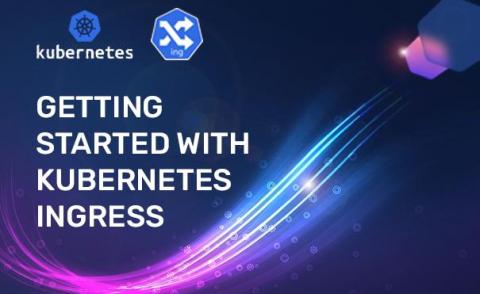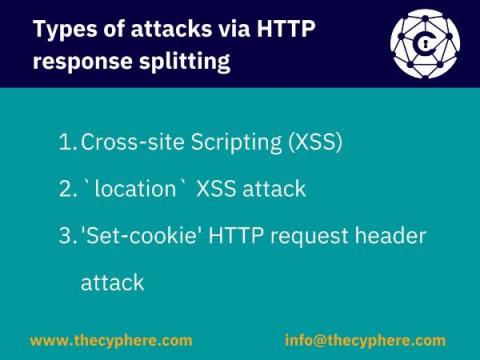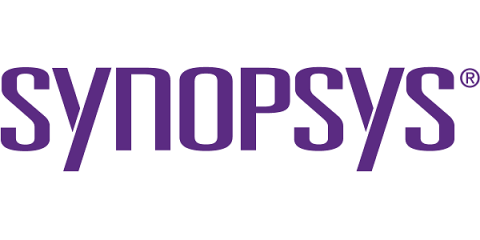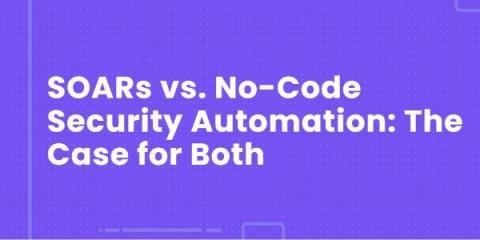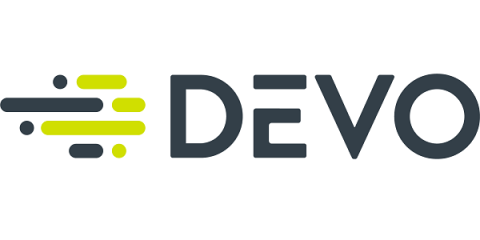Security | Threat Detection | Cyberattacks | DevSecOps | Compliance
Latest News
Your Current Endpoint Security May Be Leaving You with Blind Spots
Threat actors are continuously honing their skills to find new ways to penetrate networks, disrupt business-critical systems and steal confidential data. In the early days of the internet, adversaries used file-based malware to carry out attacks, and it was relatively easy to stop them with signature-based defenses. Modern threat actors have a much wider variety of tactics, techniques and procedures (TTPs) at their disposal.
Getting Started with Kubernetes Ingress
HTTP Response Splitting Attack
HTTP Response Splitting entails a kind of attack in which an attacker can fiddle with response headers that will be interpreted by the client. The attack is simple: an attacker passes malicious data to a vulnerable application, and the application includes the malicious data in the single HTTP response, thus leading a way to set arbitrary headers and embedding data according to the whims and wishes of the attacker.
Observability Pipelines & AIOps can make IT Smarter
Top Recent Third-Party Breaches
The average company can’t do business without their third parties. Vendors, suppliers, partners, distributors, and contractors — third parties make it so much simpler to build, distribute and sell a product or service.
How to cybersecurity: Software supply chain security is much bigger than you think
Protestware is trending in open source: 4 different types and their impact
A few days ago, Snyk reported on a new type of threat vector in the open source community: protestware. The advisory was about a transitive vulnerability — peacenotwar — in node-ipc that impacted the supply chain of a great deal of developers. Snyk uses various intel threat feeds and algorithms to monitor chatter on potential threats to open source, and we believe this may just be the tip of a protestware iceberg.
SOARs vs. No-Code Security Automation: The Case for Both
Just a few years ago, security orchestration, automation and response (SOAR) was the new buzzword associated with security modernization. Today, however, SOAR platforms are increasingly assuming a legacy look and feel. Although SOARs still have their place in a modern SecOps strategy, the key to driving SecOps forward today is no-code security automation.
Threat-Based Methodology: Configuration Settings
This is the second post in the Threat-Based Methodology series. The first post introduced Threat-Based Methodology and the analysis conducted by the FedRAMP PMO and NIST. That post concluded with a list of the top seven controls based on their Protection Value. This post will explore CM-6 in greater depth and explain how Devo supports the ability to meet this control. CM-6, Configuration Settings, was determined to provide the most Protection Value with a score of 208.86.




